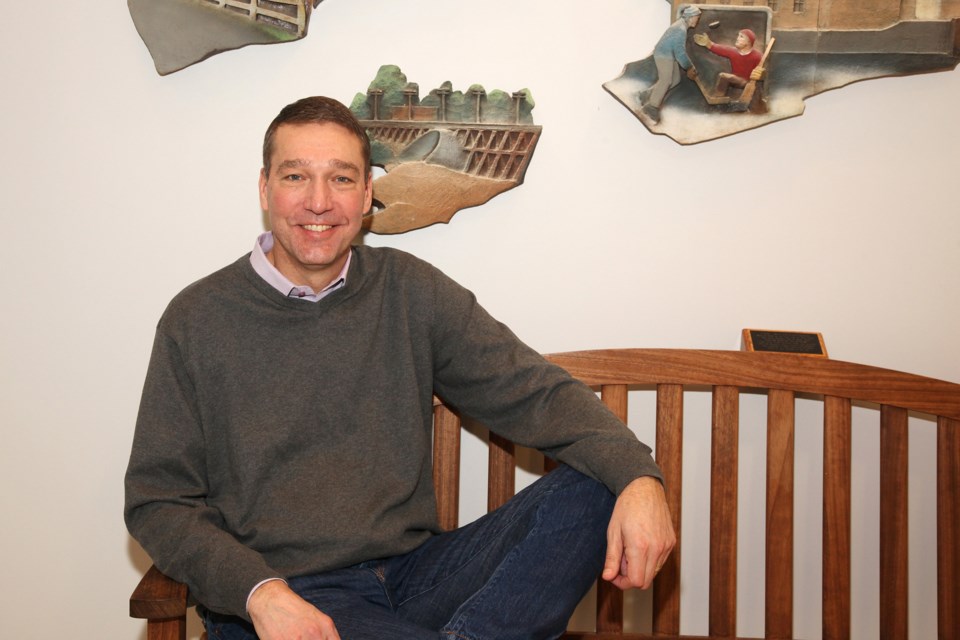In this month's column, Newmarket Mayor John Taylor shares his view that further growth should be "intensified" — multi-storey and low-rise buildings on major roads or near existing infrastructure — because the cost of sprawl is neither financially nor environmentally sustainable. As always, he welcomes your questions and comments.
************
Recently York Region council debated several motions to expand development into agricultural lands. Some of this land is designated "whitebelt" lands and is expected over time, if necessary, to provide for new communities. Some of the motions expanded into the Greenbelt and even the Oak Ridges Moraine.
There is significant demand for single-family homes in new communities and we, as a town and region, should provide that type of housing. Having said that, I think we need to create policies and official plans that support and encourage intensification as much as possible. Intensification often means multi-storey buildings on major corridors, and it also means low-rise, townhomes, infill and any housing built near or at existing infrastructure.
Building new communities out into agricultural lands — which is sprawl — is not environmentally sustainable or financially sustainable. Utilizing existing infrastructure and building transit-oriented developments that encourage walking and cycling because they are close to existing amenities should be the focus of community building across the region.
A study by Hemson Consulting for the City of Ottawa recently established that intensified forms of housing save a city about $600 per year per unit, while new community housing (subdivisions) costs a city around $450 per year per unit. The idyllic picture of new houses one after another out into the countryside is not something we can afford financially and certainly in the face of climate change it is not something we can afford environmentally.
Successful communities must provide every type of housing option to meet the needs of its residents, and the majority of it should be intensified and close to existing services and infrastructure if we are going to be sustainable as a town and a region well into the future.
